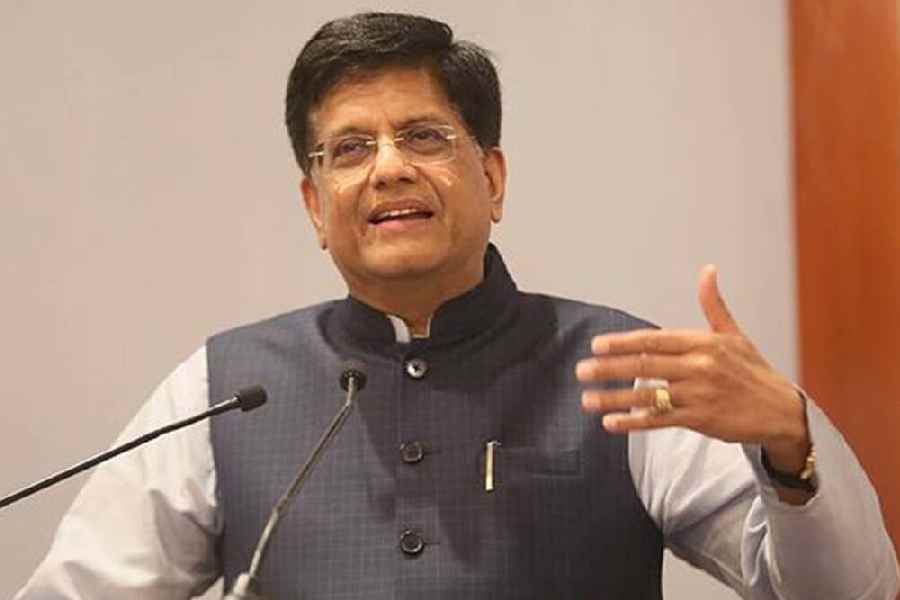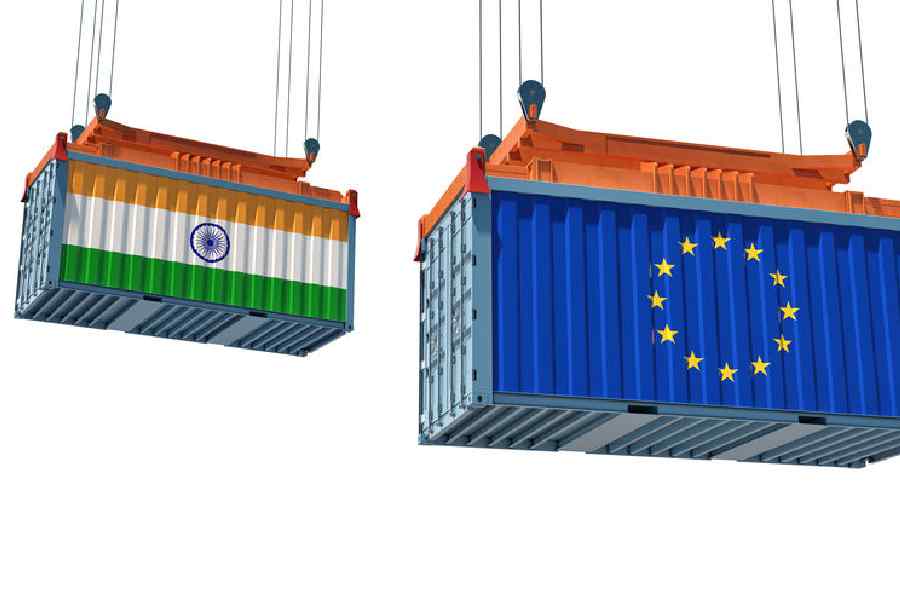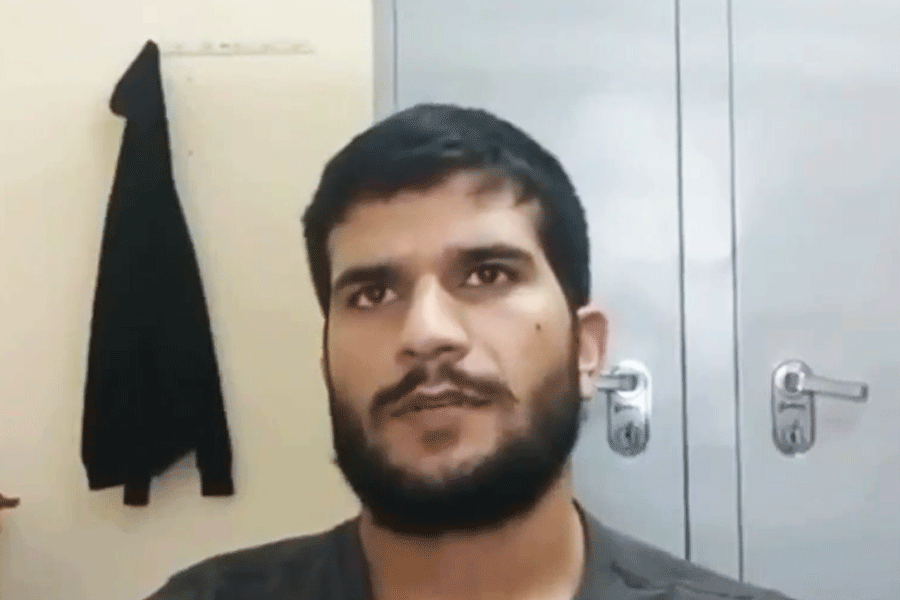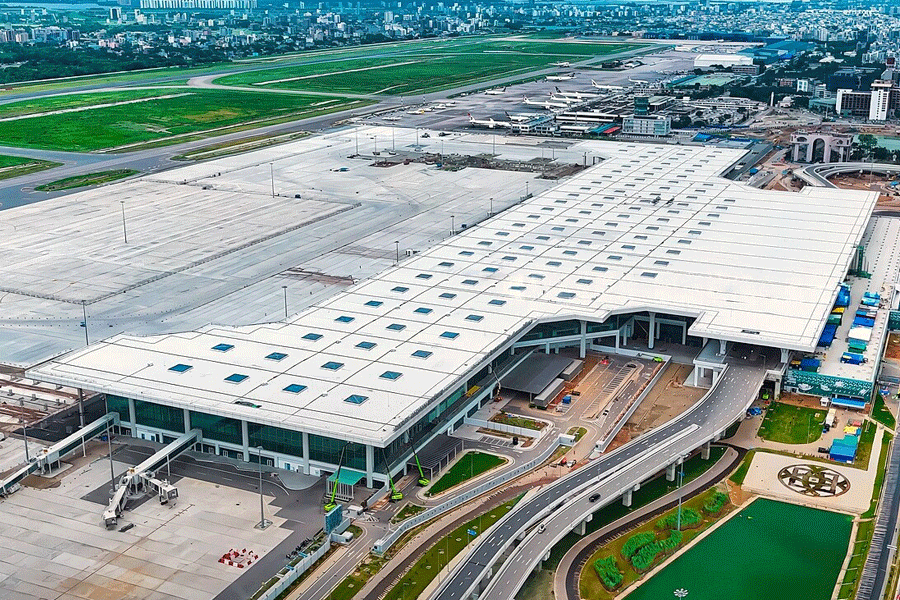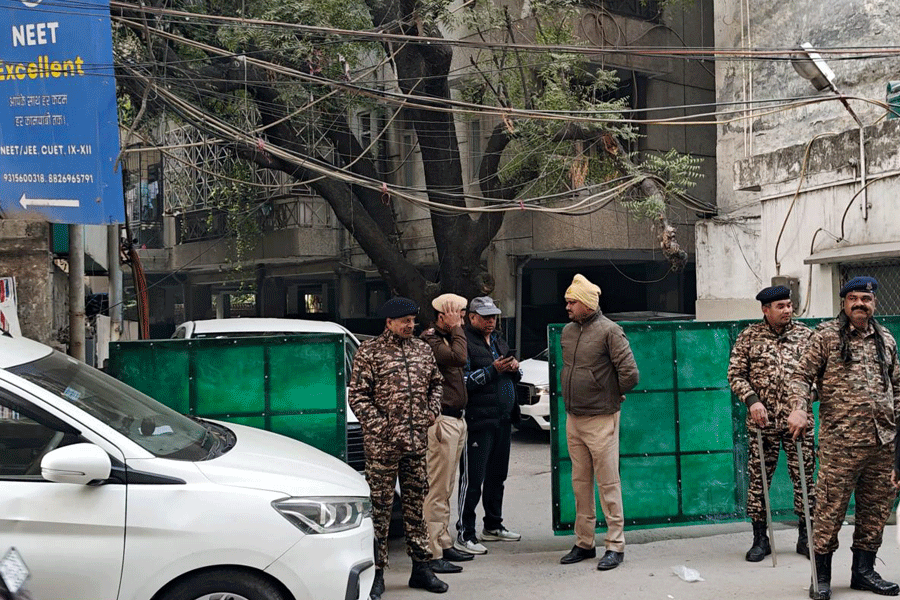The concept of 'choice' plays an important role in economics and related disciplines. It is based on the behavioural assumption that an individual selects the 'best alternative' according to his/her preference. Technically referred to as 'constrained utility maximisation', the exercise involves the individual choosing that bundle of goods that gives him/her the highest satisfaction given preferences, income and other constraints such as labour market skills as reflected in the wage rate.
An important constraint that is overlooked is the individual's 'accident of birth', which is completely outside his/her control. 'Individual choice' assumes a level of freedom that does not exist in reality. It leads one to focus on outcomes such as 'inequality of incomes' rather than on the input, namely, 'inequality of opportunities'.
Can an individual born in a slum in Calcutta or Mumbai ever enjoy the lifestyle of one born in affluent households? A child born in a slum is likely to be so severely constrained in his/her 'options' that 'choice' ceases to have any real meaning. Patrick M. Emerson and André P. Souza found evidence in Brazil of intergenerational persistence of child labour. More significantly, they observed that "there appears to be an intergenerational effect of child labour over and above that which is transmitted through household income and parental education."
The lack of opportunities that a child inherits will constrain him/her throughout his/her life. Members of the indigenous community in Australia have a life expectancy that is lower than many in developing countries. Indigenous children experience higher levels and longer spells of deprivation than non-indigenous children in housing conditions and schooling and are exposed to risky behaviours. Given today's majoritarian polities, can a refugee child expect to have the luxury of conducting a 'constrained utility maximisation' exercise to the same extent as a non-refugee child? What about children from an impoverished black household in the United States of America or the ones born in black townships in erstwhile South Africa who have not seen employment nor received any education for generations?
Attention is thus increasingly turning to studying inequality of opportunities in health and schooling rather than inequality of outcomes such as income. To what extent have children from severely marginalized backgrounds been able to overcome the 'accident of their birth'? The evidence does not give us much comfort.
Using longitudinal data on incomes of fathers and sons in Australia, Andrew Leigh estimated that a 1 per cent increase in the father's income leads to an increase in the son's income by 0.2 per cent. It will, therefore, take many generations for there to be a level playing field at birth for the concept of 'choice' to apply meaningfully to the marginalized. Using the fraction of children with greater real income than their parents as the measure of intergenerational income mobility, Yonatan Berman found that "in several developed countries absolute intergenerational mobility decreased during the second half of the 20th century due to increasing income inequality and decreasing growth rates."
Denial of opportunity cannot necessarily be attributed to birth in impoverished families. In India, for example, caste prejudice provides an obstacle to upward mobility of children. There is, however, some hope in the evidence of Viktoria Hnatkovska, Amartya Lahiri and Sourabh B. Paul that intergenerational education and income mobility rates of the scheduled castes and scheduled tribes have converged to non-SC/ST levels during 1993-2005. Part of the explanation lies in the increase in competitive pressures accompanied by the opening up of opportunities with economic reforms. However, this research also shows that "the sharpest changes in intergenerational income mobility have been for middle income households".
The lack of opportunity due to accident of birth manifests itself on three interrelated fronts: neglect of health at birth, followed by lack of education in the formative years, leading to lack of income earning opportunity in the later stages. Caste and gender-based quotas are ineffective in addressing the disadvantage since they focus not on the beginning of the process with birth but on adulthood.
The belief that one cannot do much about 'the accident of birth' is pessimistic. Mehtabul Azam and Vipul Bhatt found a positive correlation in India between a state's ranking in public education spending and its measure of intergenerational educational mobility. But this is a tall order for a country that has one of the lowest ratios of health and education expenses to GDP. Those who are born to riches may have a role to play by transferring some of their affluence through an inheritance tax. A fairer starting point would be to allow those on the 'wrong end' of the accident of birth to become part of the mainstream much earlier. A society that makes an effort to undo the accident of birth will be an inclusive one.


